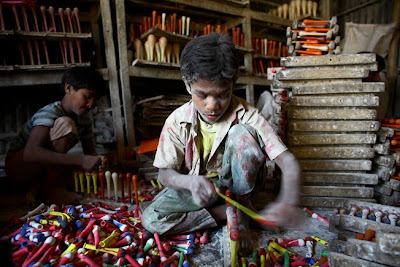G. M. B. Akash
Today, I count myself blessed, having become a photographer. To be able to articulate the experiences of the voiceless, to bring their identity to the forefront, gives meaning and purpose to my own life, aptly stated by GMB Akash, a photographer who uses his passion to change the lives of those who can’t tell their own stories. He has received more than 40 international awards from all around the world and his work has been featured in over 50 major international publications including: National Geographic, Vogue, Time, Sunday Times, Newsweek, Geo, Stern,Der Spiegel, The Fader,Brand Ein, The Guardian, Marie Claire, Colors, The Economist, The New Internationalist, Kontinente, Amnesty Journal, Courier International, PDN, Die Zeit, Days Japan, Hello, and Sunday Telegraph of London. In 2009, GMB won the international ‘Travel photographer of the year ‘title from the international travel photographer of the year competition ( TPOY 2009 ), the most prestigious award in travel photography, UK.
I wrote about Mr. Akash on Lenscratch two years ago, sharing his riveting work from Nothing to Hold Onto, about train travel in Bangladesh and Life at the Dump Yard, about trash pickers. You can read more about GMB in this Tiffin Box interview.
GMB recently wrote me about his opportunity to lecture at TEDxO’Porto 2011 in Portugal, featured in the You Tube below. This also sent me back to his website and I am featuring work from his heartbreaking series, Born to Work, about child labor in Bangladesh. I had a hard time editing this project, so I am sharing more images than usual.
Born to work: Child labour is not a new issue in Bangladesh. as children remain here one of the most vulnerable groups living under threats of hunger, illiteracy, displacement, exploitation, trafficking, physical and mental abuse. Although the issue of child labor has always been discussed, there is hardly any remarkable progress even in terms of mitigation.
17.5 percent of total children of the 5-15 age group are engaged in economic activities. many of this children are engage in various hazardous occupations in manufacturing factories. factory owners prefer to employ children as they could pay them less and also able to keep their factories free from trade unionism. a child labour gets taka 400 to 700 ( 1 USD = 70 taka) per month, while an adult worker earns up to taka 5000 per month.
Posts on Lenscratch may not be reproduced without the permission of the Lenscratch staff and the photographer.
Recommended
-
Paccarik Orue: El MuquiDecember 9th, 2025
-
Lauri Gaffin: Moving Still: A Cinematic Life Frame-by-FrameDecember 4th, 2025
-
Dani Tranchesi: Ordinary MiraclesNovember 30th, 2025
-
Art of Documentary Photography: Elliot RossOctober 30th, 2025
-
The Art of Documentary Photography: Carol GuzyOctober 29th, 2025













































































